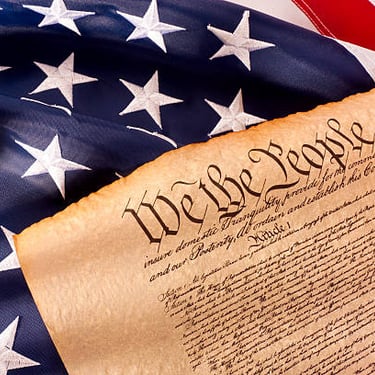THE PENNSYLVANIA CONSTITUTION
YOUR GUIDEPOST TO LIFE, LIBERTY, PROPERTY AND KEEPING OUR GOVERNMENT IN CHECK
PA CONSTITUTION






WE, the people of the Commonwealth of Pennsylvania, grateful to Almighty God for the blessings of civil and religious liberty, and humbly invoking His guidance, do ordain and establish this Constitution
---Preamble to the Pa Constitution
The Pennsylvania Constitution, as the foundational legal document of the state, is divided into several key articles and sections that outline the framework of government and the rights of citizens. It begins with a preamble that expresses the purpose and principles of the constitution. The first article addresses the Declaration of Rights, which guarantees individual liberties such as freedom of speech, religion, and assembly. Subsequent articles cover the structure of government, including the legislative, executive, and judicial branches, detailing their powers and responsibilities. Other sections address the electoral process, local government, and amendments, ensuring the constitution remains the steadfast basis of our Common Law.
The history of the Pennsylvania state constitution reflects a journey through various legal frameworks aimed at governance and individual rights. Since its inception in 1776, Pennsylvania has undergone several constitutional revisions, with the most prominent being the 1968 constitution, which aimed to modernize the state's legal framework. However, this revision also introduced a unified judicial system, intended to streamline the courts but inadvertently created a fertile ground for systemic issues. As a result, the same mistakes and instances of corruption that plagued the judiciary in previous eras have persisted, perpetuating a cycle that undermines public trust. Despite the ambitious goals of the 1968 reforms, the legacy of these challenges continues to affect governance and justice in Pennsylvania today, highlighting the ongoing struggle for accountability within its judicial systems.
Pennsylvania became the second state on December 12, 1787. Pennsylvania has had five state constitutions:
Constitution of 1776;
Constitution of 1790;
Constitution of 1838;
Constitution of 1874; and
Constitution of 1968.
The Pennsylvania Constitution provides for one mechanism for amending the state's constitution—a legislative process. However, the state constitution does not mention a constitutional convention process, and the legislature has called constitutional conventions in the past. Pennsylvania requires a simple majority vote (50% plus 1) for voters to approve constitutional amendments. According to Article XI, the state Legislature can refer constitutional amendments to the ballot for voters to decide. A simple majority vote is required during two successive legislative sessions for the Pennsylvania State Legislature to place a constitutional amendment on the ballot. That amounts to a minimum of 102 votes in the Pennsylvania House of Representatives and 26 votes in the Pennsylvania State Senate, assuming no vacancies. Amendments do not require the governor's signature to be referred to the ballot.
When the Legislature finds that a "major emergency threatens or is about to threaten the Commonwealth," a constitutional amendment can be referred to the ballot with a two-thirds vote during one legislative session.
